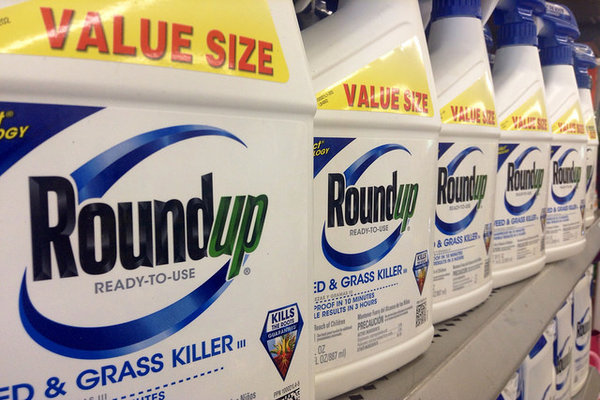At the end of March, President Trump released his budget proposal. And what is a budget, other an expression of a statement of values. Think about it: what do you care about, and how is that translated into your daily spending? Where do you choose to spend your money? It appears that science and research in general are under attack within the Trump Administration. This applies to critical health research as well. The largest cuts in the budget proposal are to the Environmental Protection Agency. The proposal to cut 31% of the agency’s funding has troubling implications for numerous programs that ensure people’s ability to live in healthy and vibrant communities. Let’s look at how programs that address toxic chemicals will be impacted.
Continue reading... →Typically we take for granted the safety of cotton products such as gauze, bandages, swabs, pads, wipes — and even feminine products, like tampons and sanitary pads. But a 2015 Argentinian study should give us pause for thought. As it turns out, researchers from the University of La Plata found that a vast majority of these products contain glyphosate, the main ingredient in Monsanto’s wildly popular Roundup herbicide and the same chemical that’s considered a “probable carcinogen” by the World Health Organization. If that’s not enough to get your attention, glyphosate is also associated with IQ loss/intellectual disability, autism, attention-deficit hyperactivity disorder, obesity (both child and adult), diabetes, infertility and cardiovascular disease. Needless to say, this isn’t the kind of chemical you want absorbed by wounds, or worse, through the vagina.
Continue reading... →According to the nonprofit Environmental Defense Fund (EDF), a bill that will strengthen the Toxic Substances Control Act, passed the Senate and is expected to be signed into law by President Barack Obama soon. It is the first major environmental legislation in over two decades to move forward to this point.
Continue reading... →The U.N. Sent 3 Foreign Women To The U.S. To Assess Gender Equality. They Were Horrified. A delegation of human rights experts from Poland, the United Kingdom and Costa Rica spent 10 days this month touring the United States so they can prepare a report on the nation’s overall treatment of women. Human rights experts Eleonora Zielinska (Poland), Alda Facio (Costa Rica), and Frances Raday (U.K.), visited the United States in December to assess gender equality. The three women, who lead a United Nations working group on discrimination against women, visited Alabama, Texas and Oregon to evaluate a wide range of U.S. policies and attitudes, as well as school, health and prison systems. The delegates were appalled by the lack of gender equality in America. They found the U.S. to be lagging far behind international human rights standards in a number of areas, including its 23 percent gender pay gap, maternity leave, affordable child care and the treatment of female migrants in detention centers. While the U.N. delegates were shocked by many things they saw in the U.S., perhaps the biggest surprise of their trip, they said, was learning that women in the country don’t seem to know what they’re missing. The most […]
Continue reading... →Consuming refined sugar can impact mood, decision-making, and memory. Here’s how good it can be to give it up.
Continue reading... →Performance fabrics that offer anti-bacterial and anti-odor qualities, as well as sun protection, may contain nanoparticles that are largely untested for human health effects. If you’ve been shopping for workout clothes lately, you may have seen labels making some extraordinary claims—namely, that you can work up a sweat and your clothes won’t smell when your exercise session is over. Sound too good to be true? You may want to think twice about buying clothes making such claims, because the anti-bacterial properties are brought to you by nanotechnology. While certain nanoparticles in clothing can kill off bacteria, as a whole they are largely untested, barely regulated, and may pose serious risks to your health and the Earth. Nanotechnology involves the use of very small particles, called nanoparticles, to bring certain characteristics to a product. Nanoparticles are defined as being between the range of 1-100 nanometers in size. A billion of them can fit on the head of a pin. Nanomaterials are currently used in body care products, as well as consumer products like cutting boards, towels, food, and, yes, clothes. The most common nanomaterials in clothing are nanosilver and nano-titanium dioxide. Nanosilver is woven into fabric to give it anti-bacterial properties, […]
Continue reading... →Upon the heels of one of the recent earthquake, we can only hope that all the parties involved in the disaster response – from aid groups to foreign militaries to friends and neighbors – will make women’s health and safety a priority.
Continue reading... →







